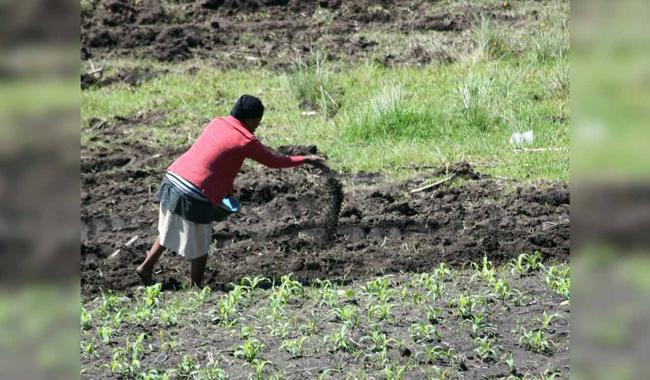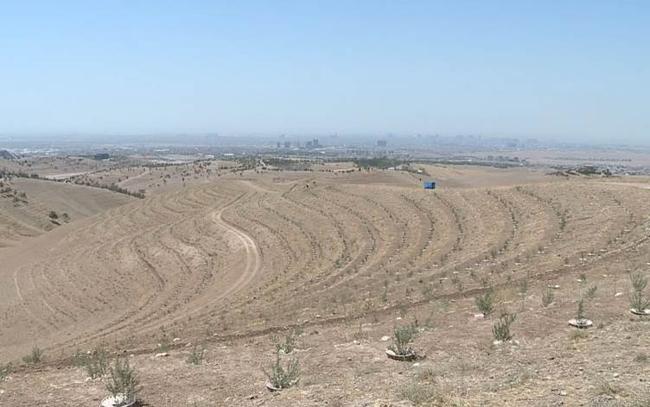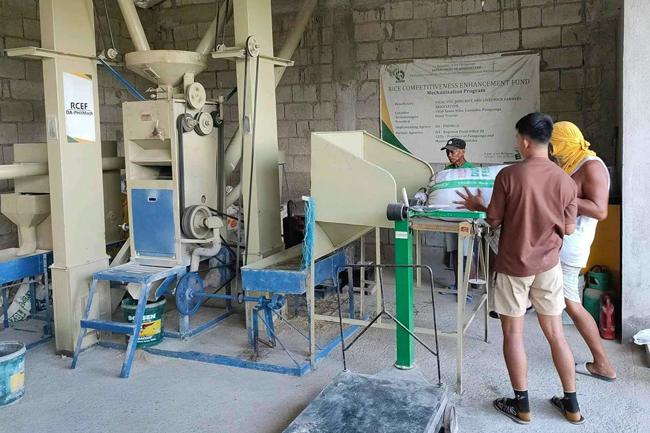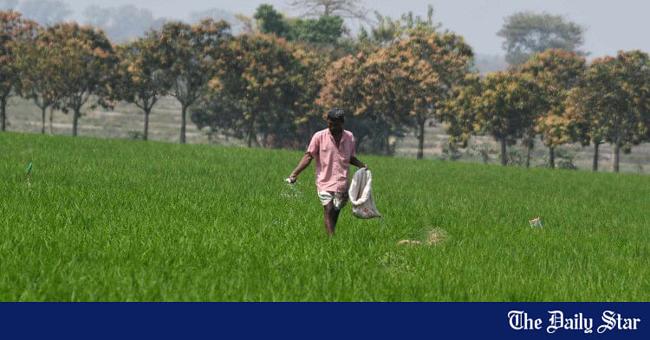Summary
The seed, which used to be provided to farmers on a 60 per cent subsidy, is now being supplied on a 50 percent subsidy
Source: Telangana Today

AI News Q&A (Free Content)
Q1: What are green manure seeds, and how do they contribute to agricultural innovation in Telangana?
A1: Green manure seeds are crops grown specifically to be incorporated into the soil while still green, aiming to enhance soil fertility by adding organic matter and nutrients, especially nitrogen. This practice supports sustainable farming and reduces dependency on synthetic fertilizers, which is pivotal for agricultural innovation in regions like Telangana where soil health is crucial for crop yields.
Q2: How has the Telangana government's decision to reduce the green manure seed subsidy from 60% to 50% impacted local farmers economically?
A2: The reduction in subsidy means farmers now pay a higher share of the cost for green manure seeds, increasing their input expenses. For smallholder farmers, who are a significant proportion in Telangana, this can strain budgets and potentially reduce adoption of green manure, impacting both soil health and productivity. Economic analyses of similar subsidy reductions in agriculture indicate that such changes can widen performance gaps between regions and negatively affect farm profitability if not offset by other support mechanisms.
Q3: What are the main advantages of using green manure in agriculture, and how might reduced subsidies affect their usage?
A3: Green manure enhances soil structure, increases organic content, and provides natural nitrogen, reducing the need for chemical fertilizers. It also supports long-term soil fertility and sustainable agriculture. Reduced subsidies may discourage some farmers from using green manure due to higher upfront costs, potentially leading to greater reliance on chemical inputs and a decline in soil health.
Q4: What are the historical trends and policy contexts for agricultural subsidies related to green manure in India and globally?
A4: Agricultural subsidies have been a cornerstone of policy to stabilize incomes and encourage sustainable practices. In the European Union, for example, the Common Agricultural Policy (CAP) evolved to decouple direct payments from production, focusing on sustainability. In India, subsidies have historically supported inputs like seeds and fertilizers to promote food security and farmer welfare. Recent trends show a shift towards targeted and sometimes reduced subsidies, emphasizing fiscal sustainability but raising concerns about the impact on smallholder farmers and sustainable innovations.
Q5: What does recent scholarly research say about the economic impact of reducing agricultural input subsidies, such as for green manure, on farm performance?
A5: A recent study on the effectiveness of agricultural subsidies in Italy found that subsidy impacts on farm performance vary across regions and farm types, with higher positive effects at the upper end of the performance spectrum. The research highlighted the risk that reducing subsidies could increase disparities, particularly affecting less advantaged regions or smaller farms, suggesting the need for spatially targeted support to avoid negative economic consequences.
Q6: What innovations in green manure application have been documented in the last five years, and how do they contribute to sustainable agriculture?
A6: Innovations in green manure application include precision seeding, integration with crop rotation systems, and the use of legume-based green manure to maximize nitrogen fixation. These practices have been shown to improve soil health, reduce dependency on synthetic fertilizers, and enhance resilience to climate variability. Such innovations are critical for sustainable agriculture, especially in regions facing soil degradation and input cost pressures.
Q7: Which alternative support mechanisms could help Telangana farmers continue adopting green manure despite reduced subsidies?
A7: Alternative support mechanisms include farmer cooperatives for bulk purchasing, government-backed credit schemes, technical training on efficient green manure use, and incentives for adopting sustainable practices. These approaches can help offset the increased costs from reduced subsidies and ensure continued adoption of green manure in Telangana, supporting both farmer livelihoods and environmental sustainability.
References:
- Green manure - https://en.wikipedia.org/wiki/Green_manure
- Does agricultural subsidies foster Italian southern farms?
- Manure - https://en.wikipedia.org/wiki/Manure





